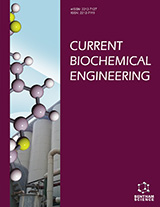Abstract
Consumer demand has increased for processed products that keep more of their original characteristics. Downstream processing refers to the purification of biological products, generally in marketable quantities especially in the production of biomolecules such as antibiotics, hormones, antibodies, vaccines, industrial enzymes, natural fragrance, flavor compounds. There have been various advances in drying with respect to quality, rehydration, and energy minimization. The choice of an appropriate drying medium is very important during dehydration and subsequent storage. Freeze-drying is considered as a suitable dehydration process for bacteria, with the ultimate goal of achieving a solid and stable final formulation. Spray drying also allows preparation of stable and functional products and can be applied to stabilize heat sensitive materials such as enzymes and probiotic bacteria. This paper is a review of drying as a unit operation in downstream processing and discusses the innovative drying technologies, stages in downstream processing, applications in downstream processing of biomolecules and microorganisms. Freeze-drying of microorganisms, optimal spray drying of enzymes, eggs and probiotics were also considered. The paper concluded that as drying technologies become more diverse and complex, dryer selection becomes an increasingly difficult and demanding task as changes in operating conditions of the same dryer can affect the quality of the product.
Keywords: Drying, downstream processing, freeze-drying, spray-drying, operating conditions.
Graphical Abstract
 31
31 1
1
















